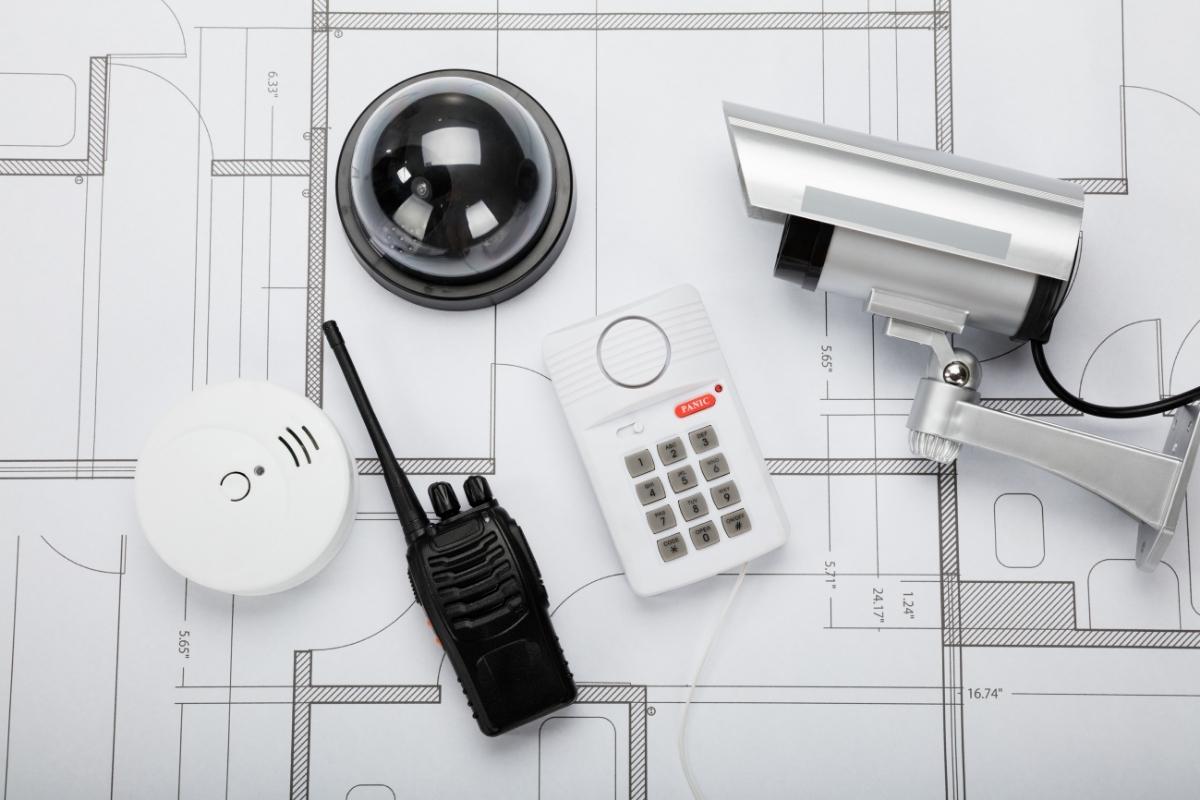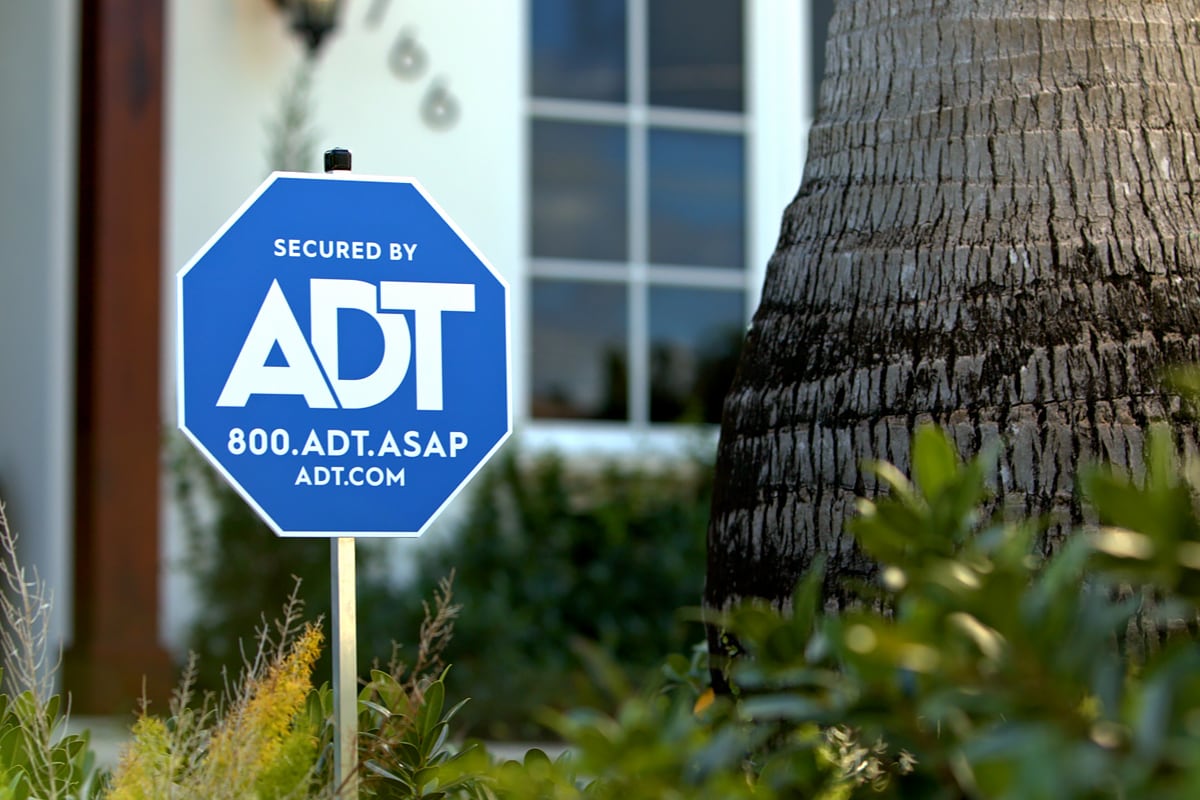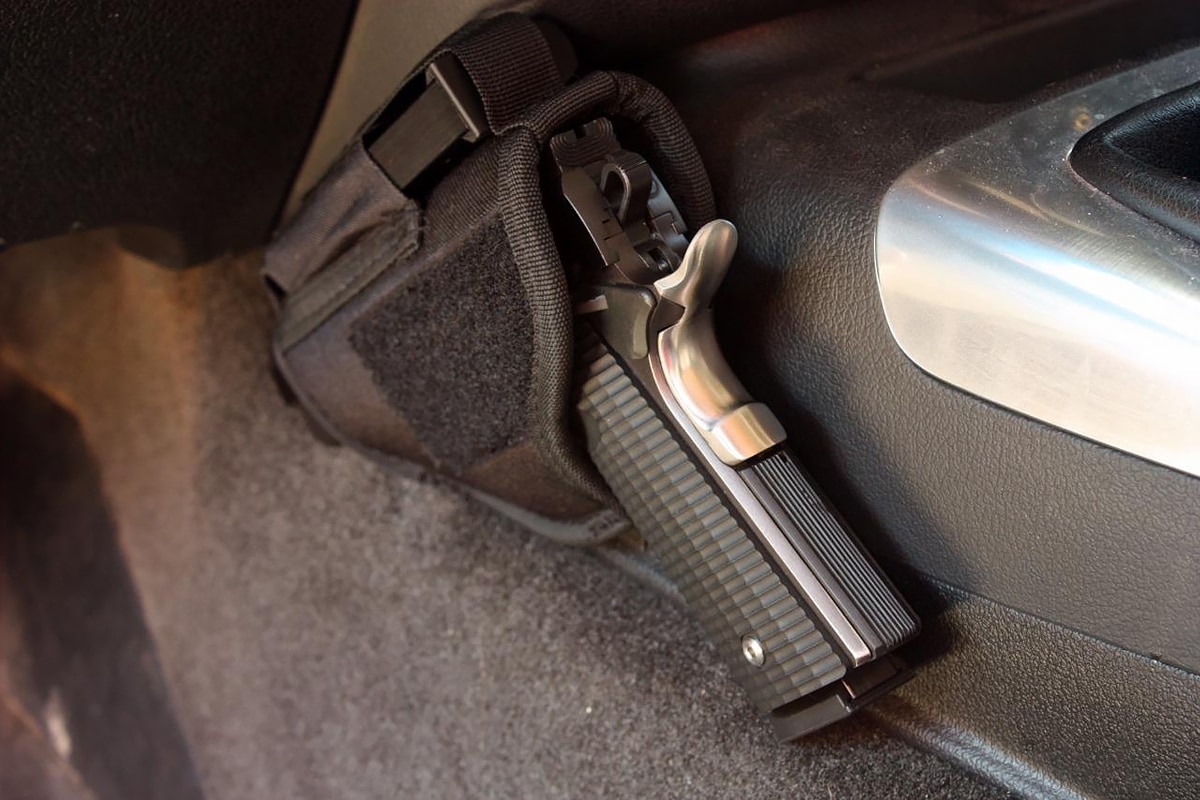Home security equipment has come a long, long way from the days of watchdogs and mindful neighbors. And while systems have evolved significantly especially over the past few years, their primary role and function remain the same: to detect and alert you when something happens in your home.
Today, homeowners are faced with a crowded and confusing amount of options. What type of system? From what provider? And with what capabilities?
Finding the right system that will best address your needs and concerns and fit your home and lifestyle is a process. And it begins with understanding the basics of what a home security system is.
So let’s take a look at what makes up a home security system with this overview.
Control
Often referred to as the ‘brains’ of a security system, the control panel is responsible for processing signals from all the sensors and other components of the security system. The control panel also manages all communications including activating the in-home siren and contacting the homeowner, the monitoring center or first responders directly when something is detected.
Years ago, the control panel, a behemoth of a box with blinking lights, internal switches, mass tangles of wires and power cables running to and from, was rightfully relegated to the attic or basement. As the technology evolved, the size of the control panel shrunk dramatically and became the primary interface for the homeowner.
These are the control panels most people are familiar with. They feature a simple LED screen along with an analog keypad and push button controls. These traditional control panels are still used as standard equipment by many providers. However, many now offer a sleeker, more personable touch-screen control panel which offers a more intuitive interface with additional interactive features and capabilities. The type of keypad you need will depend on the specific functions and requirements you have for the system you purchase.
Additionally, today’s systems also leverage the advancements in mobile and web technology, providing an application that allows the homeowner to remotely interact with the home security system through a web browser or smartphone application.
Components
There are several different types of sensors that comprise the rest of the home security system. These sensors are responsible for detecting intrusion or certain environmental changes and sending a signal to the control panel. Other devices attached to the control panel allow the homeowner to interact and control additional aspects of their home.
Intrusion
Typically, these sensors are placed at all entry points to the home (doors, windows, garages) to detect any intrusion and signal the control panel.
Door and Window Sensor
The most basic sensor and considered essential to a complete security system. The door and window sensor utilizes a magnetic two-piece design to function. This simple but effective sensor will send an alert to the control panel whenever the magnet contact is broken which occurs whenever the door or window is opened.
Glass Break Sensor
Glass break sensors use a small microphone to monitor sound or vibrations and are placed near windows or glass doors. If the sound matches the frequency of breaking glass or the vibration goes above a certain threshold, the sensor signals the control panel of an intrusion.
Motion Sensor
Motion sensors (or detectors), as the name implies, detect movement in their vicinity. These sensors can be useful in monitoring larger open areas or rooms with many windows while reducing the number of window sensors. The motion sensors use different methods to monitor movement. Similar to radar systems (like the ones used by police to monitor speed), this sensor sends out a microwave signal then measures the returning signal. Other motion detectors use Passive Infrared Sensors (PIR) to detect movement.
There are pet-friendly motion sensors available. These sensors utilize a combination of technologies so they are only triggered by movement above 40 – 80 pounds, which will prevent most dogs and smaller pets from activating the sensor while you’re away.
If you intend to include a motion sensor in your security package and you have pets, be sure to discuss this with the home security consultant. Verify the motion sensor is configured so that it will not be triggered by your pets’ normal movements through your home.
Environmental
Not every threat to your home comes from outside so home monitoring companies have developed several sensors to help monitor for other potential risks in the home.
Smoke & Heat Sensor
Another essential sensor for a complete home security system. Smoke and heat sensors provide two types of protection. Like traditional smoke alarms, these sensors detect smoke particles in the air and also monitor for rapid rises in temperature.
Most importantly, these sensors are part of your system, so if they detect a problem, you and the proper first responders will receive an alert. An unmonitored smoke alarm can only alert occupants in the home.
Carbon Monoxide Sensor
Carbon monoxide is often referred to as the silent killer because it has no color, taste, or smell. Though sometimes overlooked, this is an important part of a complete security system and peace of mind. Without a CO sensor, you won’t know carbon monoxide levels have become harmful, which could lead to permanent damage and even death.
Flood and Water Sensor
Water leaks can result in significant and costly damage to your home. Installing one in your basement or wherever there is the potential for flood or water leaks can provide a near-instant alert to help prevent water damage before it starts.
Security Cameras
More and more homeowners are choosing to include cameras as a part of their home security system, so they can have eyes on their homes when they are away, whether it’s to check on the kids or make sure service personnel is doing what they should while they’re in your home unsupervised.
There are several different types of cameras available in the market today, including weatherproof outdoor cameras and indoor cameras with remote control capabilities.
Home Automation and Controls
In recent years, many systems have been introduced to the market with a focus on home automation. While not necessarily considered essential to home security, home automation functions and controls allow homeowners more granular and interactive control of their home while they are away.
From door locks to light controls and thermostats, these devices provide optimum convenience for today’s homeowners. Need to unlock the door for an unexpected guest so they can wait inside the comfort of your home? Done. Sudden change in the weather and want to adjust the temperature at home? Easy. Forgot to turn out a light when you left in a rush? Simple.
Equipment Communication
Depending on the type of system you select, the way components communicate with the control panel as well as how the control panel communicates alerts to you, the monitoring center or the authorities will vary.
Wired
For many years, this was standard for home security systems. A hardwired system requires a physical connection between each component of the security system. Each device needs to be connected to the control panel and, in order to communicate externally, the control panel needs to be connected to the phone line (now commonly referred to as a landline). Because this type of system requires drilling, running wiring and other modifications to your home, a professional is required to install the system and configure it properly.
Wireless
Today’s most popular and convenient systems utilize wireless communications between devices and the control panel, typically via radio waves. In addition, a completely wireless system will also communicate externally through wireless means. It’s important to understand whether the system you’re considering is completely wireless or whether it is a hybrid that will still require a hardline connection for the monitoring and alert functions.
Depending on the type of system you choose, the method of communication may be different, but the best systems utilize cellular monitoring where the control panel utilizes a cellular transmitter to communicate with the monitoring center and makes a “cell phone call” to the monitoring station.
While there are some geographic areas where a system utilizing cell signal communication would be ineffective, most homeowners live in an area where cell coverage is more than adequate for the system’s communication requirements.
There are other methods of wireless system communications, which you can learn about in our article, Evolution of Security System Monitoring.
One of the most attractive advantages of a wireless system is convenience. There is no drilling, so there are no permanent modifications to your home. Each device is independently powered by long-lasting batteries. (And yes, the system will notify you if the battery runs low so you can replace it). And because the design of the best of these systems is so user-friendly and simple to set up, there is no need to pay for an installer.
System Monitoring
As discussed above, different providers and systems utilize different means to handle external communication. However, the function is the same: Communicate emergencies and system health and maintenance information to a central station monitoring center (or directly to first responders) and broadcast alerts to whoever is set up as a contact (homeowner, family, friends).
Today, some systems are available without monitoring service. While these systems will still allow you to manage your system remotely and receive notifications of any sensor that is triggered, they do not communicate with either a central monitoring center or emergency personnel. When you receive an alert, you will need to contact the appropriate responders.
Active system monitoring is an extremely important aspect of a truly comprehensive and complete home security system.
Summary
Now armed with a basic understanding of how home security equipment and systems work, you should be better prepared to speak with a home security provider. We recommend you review our additional articles and other resources available to further your knowledge and understanding of the differences between the different alarm providers and system configurations available.
After all, the purchase of a home security system is significant. It is an investment of both time and money. Price, technology, and service level are all important factors in deciding who you choose ultimately.









